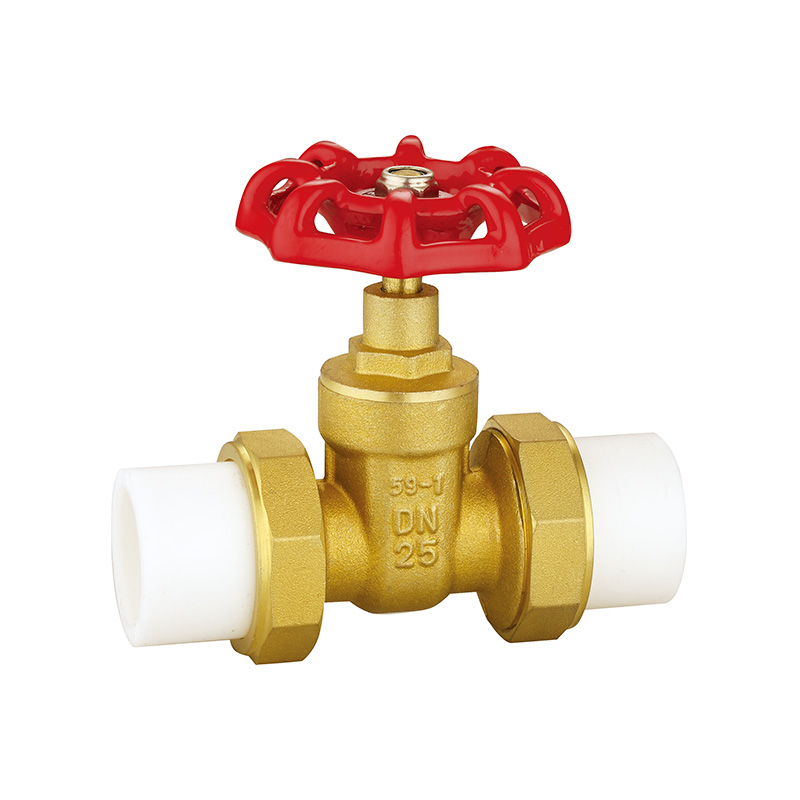A Note on the Replacement of Hydro Sanitary Heating Valves
Hydro sanitary heating systems play a significant role in providing efficient heating solutions in residential and commercial buildings. The system relies on various components, with heating valves being critical in regulating the flow of hot water and controlling the system's overall performance. Over time, these valves may wear out, malfunction, or need upgrading due to system changes or improved efficiency standards. Replacing these valves is a necessary part of maintaining the system's functionality and ensuring that heating remains.

Hydro sanitary heating valves are designed to regulate water flow in heating systems, typically managing the distribution of hot water to radiators, underfloor heating systems, or other heat exchange mechanisms. Over time, these valves can become inefficient, damaged, or outdated, various operational issues.
Some common reasons for valve replacement include:
Wear and Tear: Regular use of valves in high-temperature environments gradual wear. This can result in leaks, poor sealing, or reduced flow control.
Corrosion: Exposure to water, especially if the system is untreated or improperly maintained, can cause corrosion. Corroded valves may fail to close or open properly, resulting in energy inefficiency or system failures.
Valve Malfunctions: Mechanical or electrical components inside the valve can break down over time, affecting performance. This can cause uneven heating, inconsistent temperatures, or an inability to regulate water flow.
Upgrades: Newer valve models may offer better efficiency, advanced materials, or compatibility with modern smart heating systems. Replacing older valves with upgraded versions can improve the overall system's energy consumption and performance.
Leaking or Dripping: If the valve is leaking water, it can higher energy consumption and wasted water, increasing utility bills.
Replacing faulty valves ensures that the system operates efficiently and reduces the risk of costly repairs down the line.
There are different types of heating valves, and it's important to choose the right type for the specific application within the system. Some common types include:
Ball Valves: Known for their durability and ease of use, ball valves are widely used in heating systems for on/off control.
Thermostatic Radiator Valves (TRVs): These valves automatically adjust the flow of water to each radiator based on the room's temperature, helping to control heating in individual rooms.
Zone Valves: Used in systems with multiple zones, zone valves control the flow of water to specific areas of the home or building, allowing for independent temperature control.
Globe Valves: These provide finer control of water flow and are typically used in situations requiring precise adjustment, such as regulating water flow through radiators.
The type of valve you choose should match the heating system's requirements and function.
The size of the valve must match the pipe diameter in your system. Incorrectly sized valves can cause water flow issues, inefficient heating, and potential system damage. Be sure to check the specifications of the valve to ensure compatibility with your existing plumbing and heating components.
Also, ensure that the replacement valve is compatible with the materials in your heating system. For example, if you're using a system with plastic piping, make sure the valve is suitable for that type of material.
Valves used in hydro sanitary heating systems must be made of high-quality, durable materials that can withstand the rigors of heat, pressure, and water exposure. Common materials used for heating valves include:
Brass: Resistant to corrosion and heat, making it a popular choice for many plumbing applications.
Stainless Steel: Durable and highly resistant to corrosion, especially in systems with aggressive water conditions.
Plastic (for some low-pressure systems): Lightweight and corrosion-resistant, although not suitable for high-temperature or high-pressure applications.
Choosing the correct material ensures the valve will last longer and perform effectively under various system conditions.



 English
English русский
русский Español
Español عربى
عربى


